MASTERS THESIS: "I Was There When", by Eliz Ayaydin
Products of Design MFA student Eliz Ayaydin’s master’s thesis, I Was There When, explores how people deal with traumatic memories—specifically, mental relief following natural disasters. Arguing that “at base, designers make sense of messes,” Eliz set herself the challenge of making sense of one of the most unexpected and uncontrollable messes there are. Natural disasters are comprised of a highly complex ecosystem, killing on average 106,000 people a year around the globe.
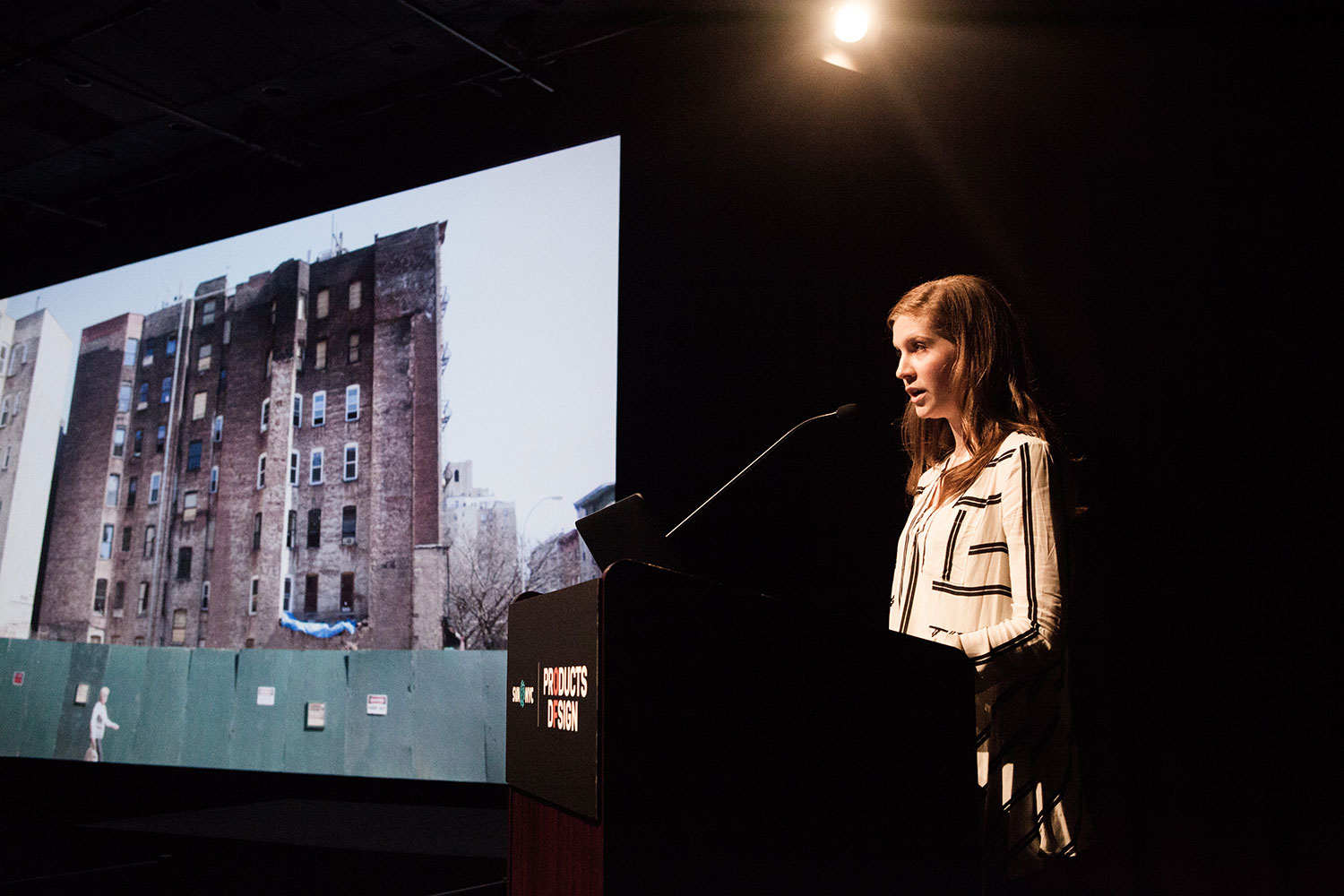
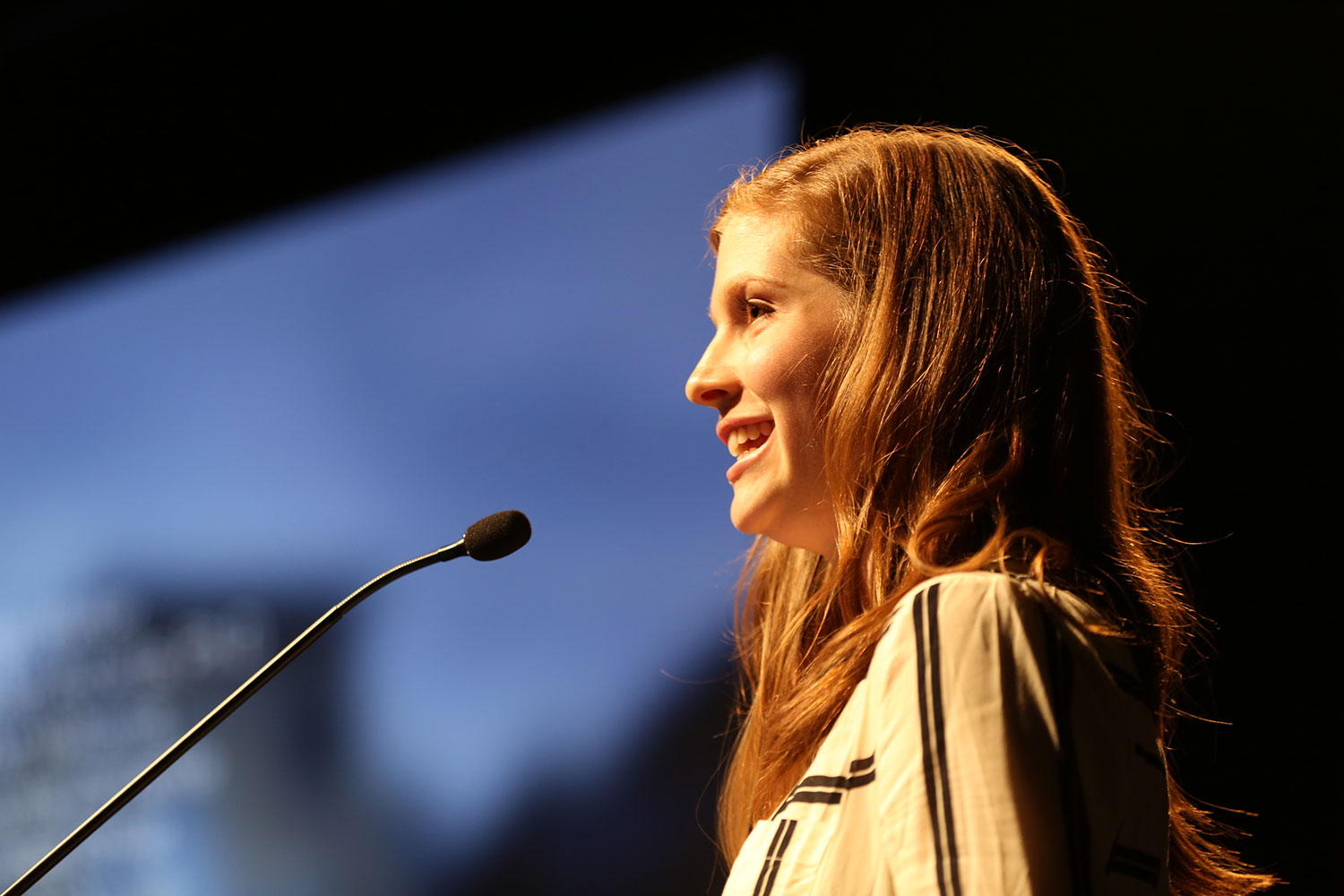
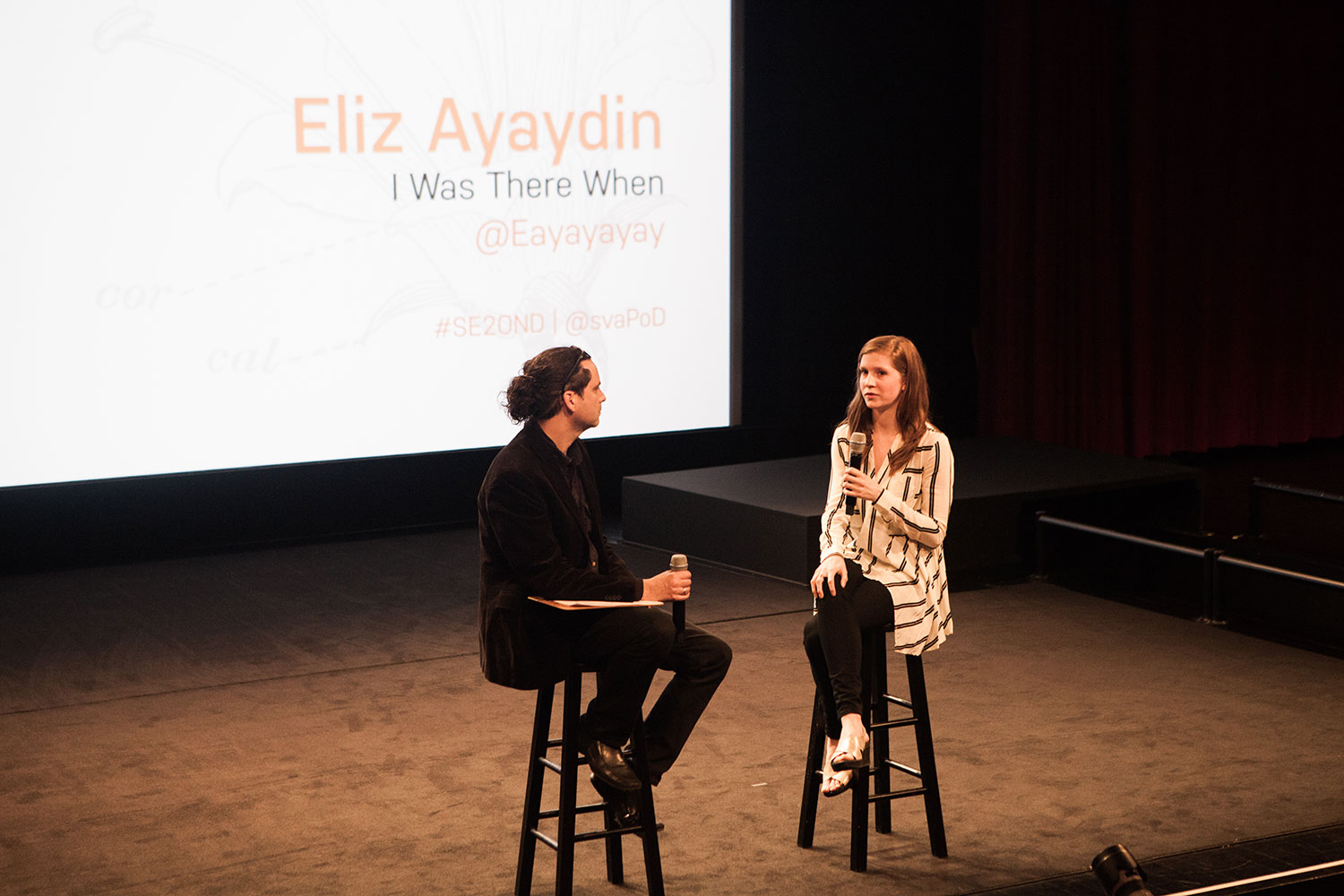

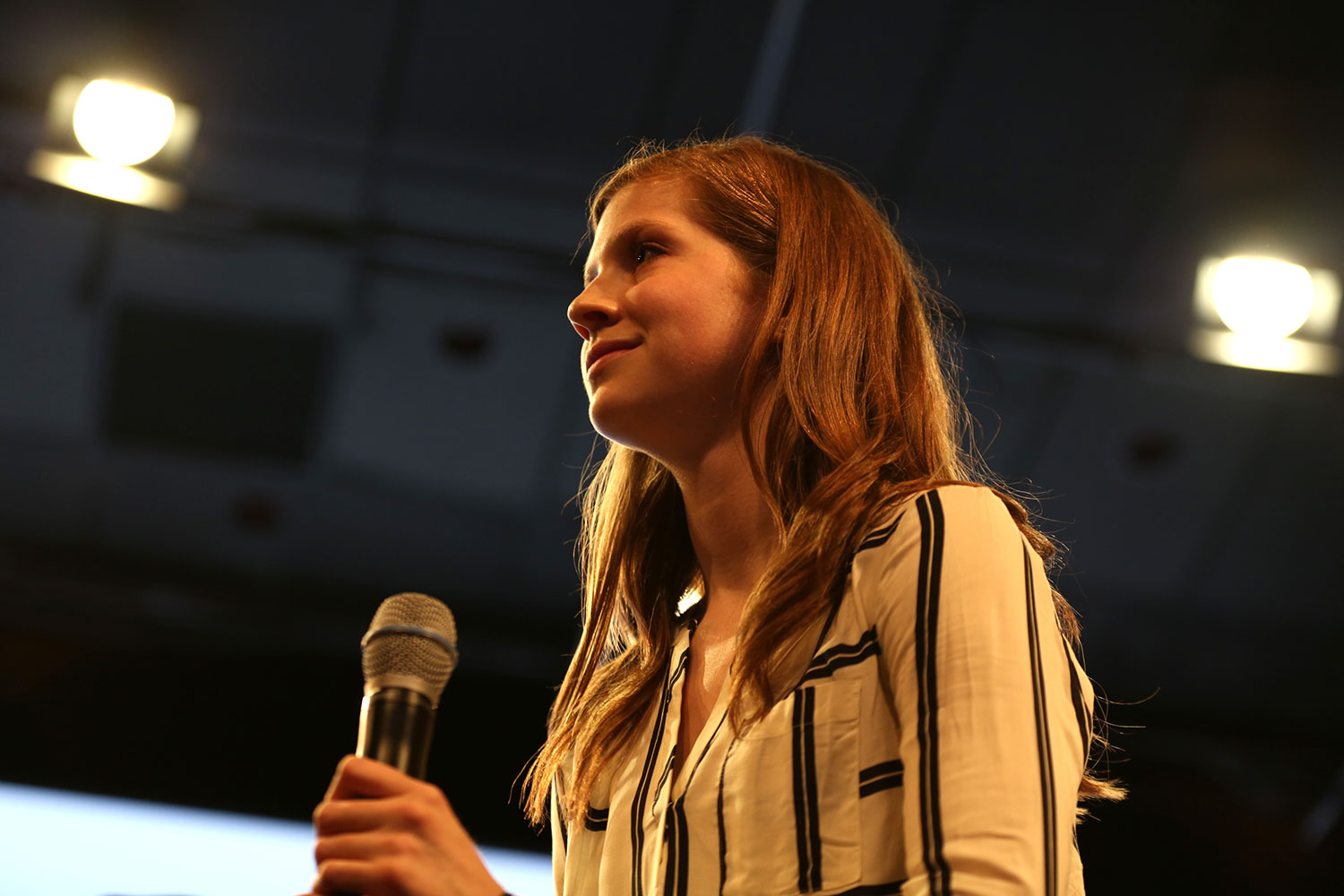
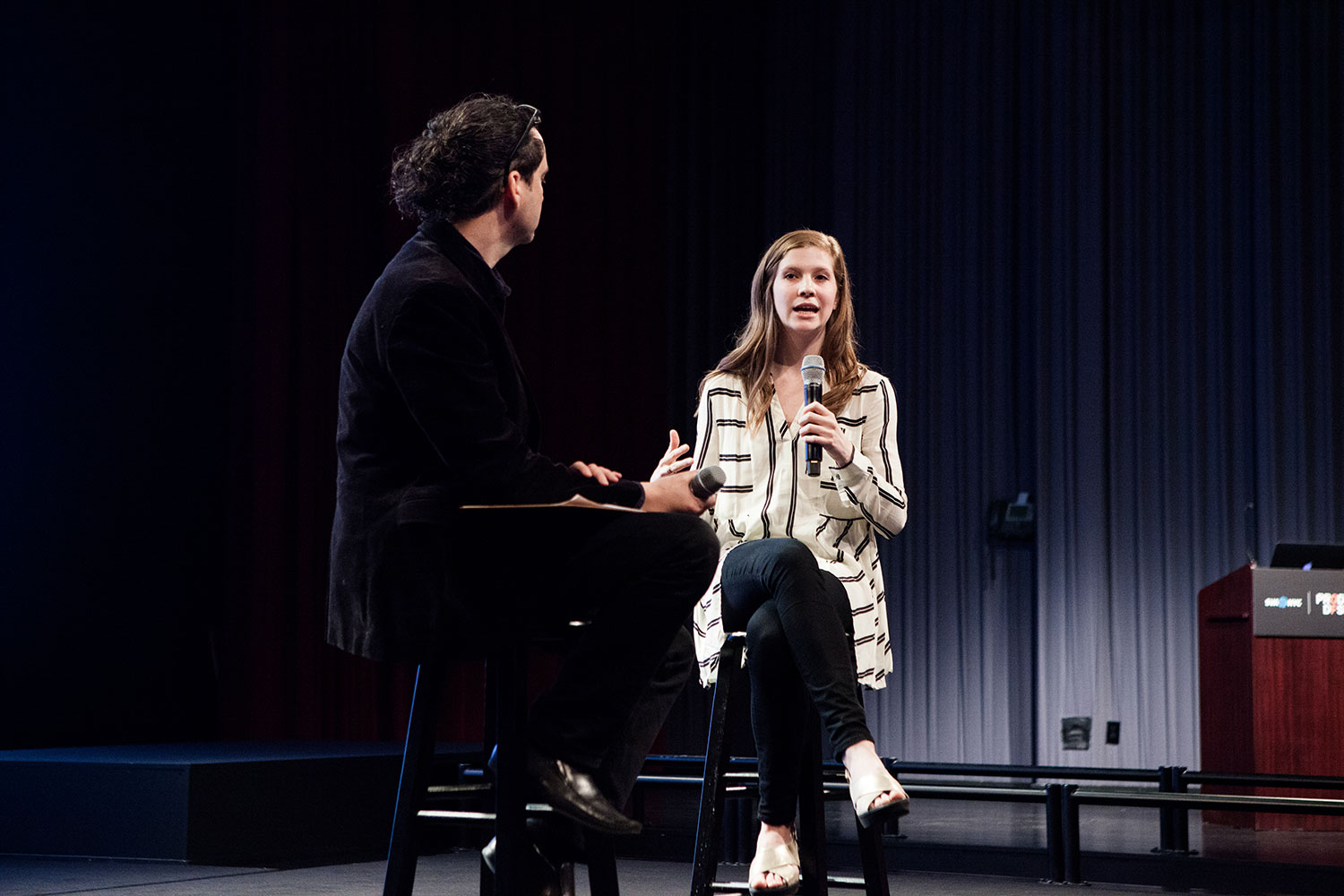
“I wanted to address the psychological damage that lingers long after the physical rubble has been cleared.”
While disasters result in huge physical losses, the effects on the mental well being of those who survive is significant. 30–40% of people affected by natural disasters will experience Post-Traumatic Stress Disorder (PTSD), depression, or anxiety symptoms.
Through her research, Eliz learned that there is a crucial period of time after a disaster where people are especially vulnerable. This is also the time when community volunteers and relief organizations start to leave the disaster site. Nastaran Mohit, one of many volunteers interviewed about this key period of time, explained that "people assume communities are bouncing back, but that they’re often not." Survivors can feel a very real sense of abandonment. When trauma symptoms are not treated, people can fall through the cracks and may develop PTSD.
Living in a time when we are increasingly turning to “empowerment” for problem solving, Eliz asked the question: Can we give people the agency to successfully cope with their traumatic experiences?
We’re always trying to remember, and we forget to forget...Mapping out the journey of overcoming trauma quickly revealed this key part of the healing process—reflecting and reliving as a method of coping.
Research uncovered key principles that Eliz followed throughout her journey. One principle came from the documentary Alive Inside: A Story of Music & Memory, about music’s capacity to combat memory loss in Alzheimer’s patients. It quotes, “medicine can dim the light inside, but it can’t bring any of it out.” It inspired her to incorporate the power of non-medical interventions into her work.
Using design as the bridge between science and people, Eliz was inspired by a conversation with Barry Kosofsky, Chief Neurologist at Weill Cornell Medical Center, who explained that his recent studies show “extinction is not erasing old memory, but rather placing down a new one. This has tremendous implications for how we should treat people suffering from PTSD.” This conversation, in conjunction with other neurologist and memory researcher interviews, revealed something innate to humans: we’re always trying to remember, and we forget to forget. It turns out that in order to heal, we must forget, and in order to forget, we must remember. Mapping out the journey of overcoming trauma quickly revealed this key part of the healing process—reflecting and reliving as a method of coping.
“A traumatic event can be used as a springboard to unleash our best qualities and lead happier lives.”
In addition, Post-Traumatic Stress has the potential to transform into Post-Traumatic Growth. Post-Traumatic Growth is when people experience a trauma that changes their world view and self-identities in a way that provokes positive personal growth. Essentially, “a traumatic event can be used as a springboard to unleash our best qualities and lead happier lives.”
Indeed, It is scientifically proven that people can increase their ability to experience post-traumatic growth by boosting 4 types of resilience—one of which is "social resilience." Bringing this closer to natural disasters, a longitudinal study called Resilience in Survivors of Katrina (RISK), begun before the hurricane hit, collected data that provided an extremely rare opportunity to study the consequences of a disaster. It found that people tend to feel a greater sense of purpose as a result of strong social support.
Present Tense
Leveraging the power of social problem solving and resilience building—in combination with healing by re-experiencing a traumatic event—Eliz developed the service Present Tense, a real-time disaster story-sharing platform. Using information and filters about their neighborhood, disaster type, and beliefs, survivors can talk about, and hear about, other people's disaster experiences, and connect with those they can relate to.
In addition to social sharing for healing, the platform is a place to deposit memories—creating an archive of recordings and journal entries for the survivor to reflect upon. These entries can be kept private, shared with the public, with friend circles, or with a volunteer mental health worker who would be able to provide instant support while having a holistic overview of their archived healing journey.
The service also promotes "memory reconsolidation"—the brain’s practice of re-creating memories over and over again. The very act of remembering changes the memory itself; physically talking about trauma prevents the negative memory from being sealed over and repressed—which can lead to PTSD.
By harnessing the power of crowdsourcing, and receiving funding from relief organizations, Present Tense can begin with one community’s disaster, and expand into a nation-wide network.
I Remember Street Intervention
In order to test how effective "sharing experiences" after a disaster can be, Eliz designed an experience for a disaster closer to home. On March 26, an explosion in the East Village of New York City left a block up in flames—injuring 19 people, killing two, and shocking the region. A few weeks after, Ayaydin posted a board across the street from the scene, inviting people in the neighborhood to share their stories. These tended to be uplifting memories about the neighborhood, or stories specifically from the explosion itself.
The piece prompts people to fill in the blank “I remember...”—became a channel for starting conversations. People wrote memories such as, “I remember getting on scene and having an immediate urge to help. Sad day.” One woman approached the board, pointed across the street to the building facing towards the empty block, and said, “You see the third floor window there? That’s my apartment. I still haven’t been able to move back in.” She wrote a note about how she’s thankful for the support she’s received from family and friends.
For part of the day, Eliz took a seat on a stoop close enough to see and hear what was going on, yet far enough that no one would suspect she was associated with the project. Her absence gave passerby the permission to take time to view and add to the board without feeling pressured or judged.
People really spent time reflecting—reading and adding to the board—and turning around to acknowledge the vacant block where the exploded apartments, restaurants, and businesses used to be. Eliz validated her hypothesis through this experience, learning that reflecting, supporting, sharing experiences, and hearing other people’s stories are a way of mending pain and uplifting communities.
Leveraging the power of learning from real survivors, Eliz created, designed, and facilitated a co-creative workshop with 9 disaster relief victims and volunteers in the NYC area. With the goal of generating ideas about what the future of post-disaster mental relief could be, the most valuable insight was that very few saw value in painful memories shaping their identities, and indeed, most would ideally like to forget them forever. From this, Eliz inquired if she could design an object, a ritual, or a behavior to help trauma sufferers forget the memories they so badly want to erase from their lives.
What Ayaydin thought was so objective—figuring out the optimal solution for mental relief—turns out to be completely subjective.
Classical Conditioning Device
Contemplating the future of healing, Ayaydin explored ways she could re-contextualize behavioral therapy methods into self-help tools. Currently, therapists desensitize patient’s responses to memories using behavior modification techniques based on classical conditioning theory—where you learn a new behavior via the process of association. Essentially, two stimuli are linked together to produce a new learned response.
Ultimately, Eliz created a device based on this therapy by productizing behavioral conditioning so that survivors can create new emotional associations independently—perhaps without a therapist. Using scent as the stimulus, the device leverages the fact that smell is the most powerful sense for evoking memories.
By training the person to associate particular scents with specific levels of stress—and intentionally changing those stimuli at appropriate times—the device will help the person re-learn their traumatic memories with new reactions.
While a survivor talks about their experience, their stress levels are detected using a heart pulse sensor. By training the person to associate particular scents with specific levels of stress—and intentionally changing those stimuli at appropriate times—the device will help the person re-learn their traumatic memories with new reactions. For instance, when the user is highly stressed, the scent they’ve learned to associate with low stress is emitted, re-wiring their brains to associate the most traumatic moments of their memory with calm physiological reactions.
After all her research and design explorations, Eliz pulled the pieces together and made an interesting discovery: Regardless of the scientifically-proven theories or tested methods of coping, a person’s life values, religious beliefs, spirituality—whatever principles they may live by—have the biggest impact in how they will heal. She heard it from many different people in unrelated contexts, and each of them offered a unique interpretation and perspective.
Eliz's conclusion is that everyone was there when something happened—he was there when, they were there when, even you were there when something potentially traumatic and certainly impactful happened in your life. And what Eliz thought was so objective—figuring out the optimal solution for mental relief—turns out to be completely subjective.
Having learned this, the designer leaves us with I Was There When—an exploration through design concepts, artifacts, experiences, and ideas that attempt to get us a little closer to understanding how people can cope with trauma.
Learn more about Eliz Ayaydin's thesis on her thesis blog and her work at elizayaydin.com. Contact her at eliz.ayaydin[at]gmail.[dot]com

















